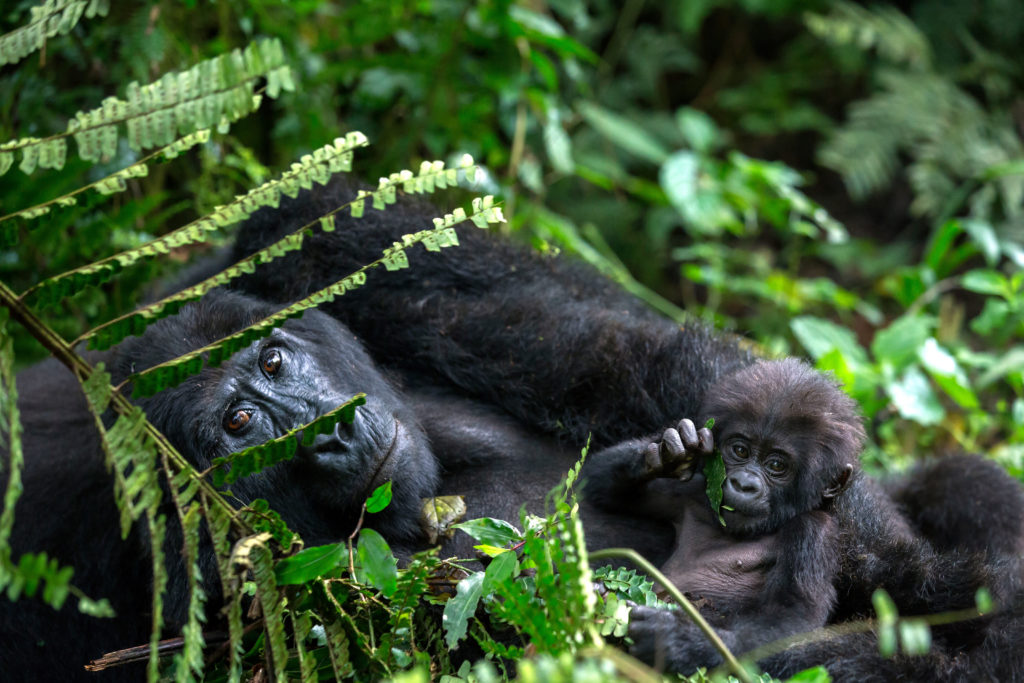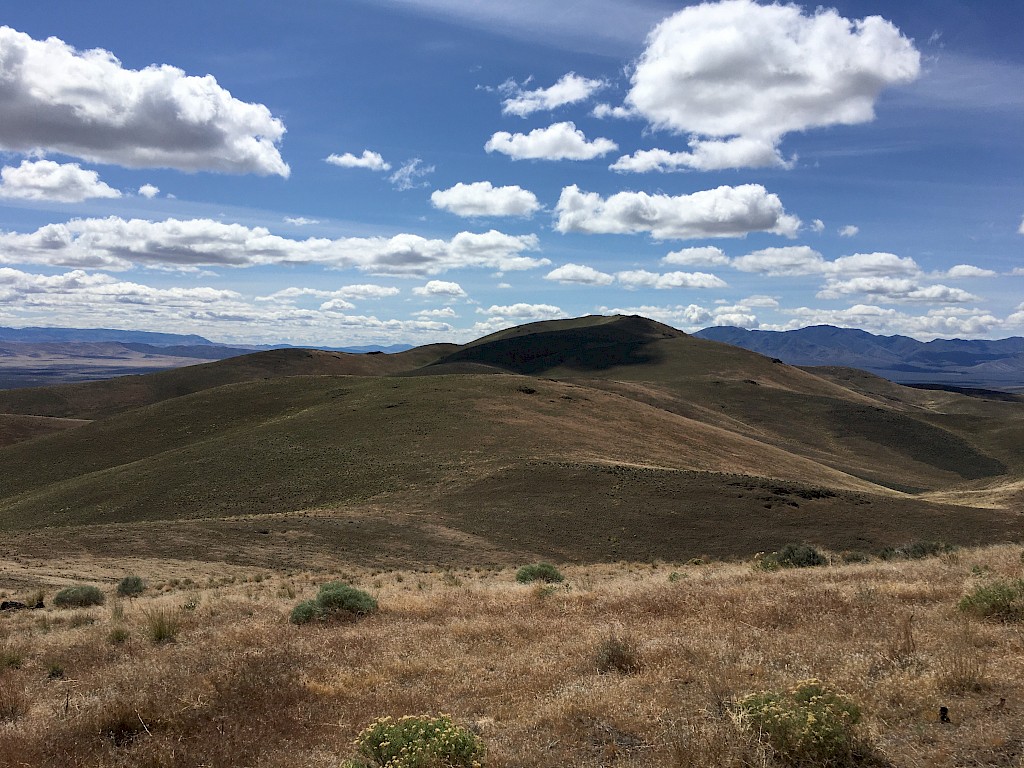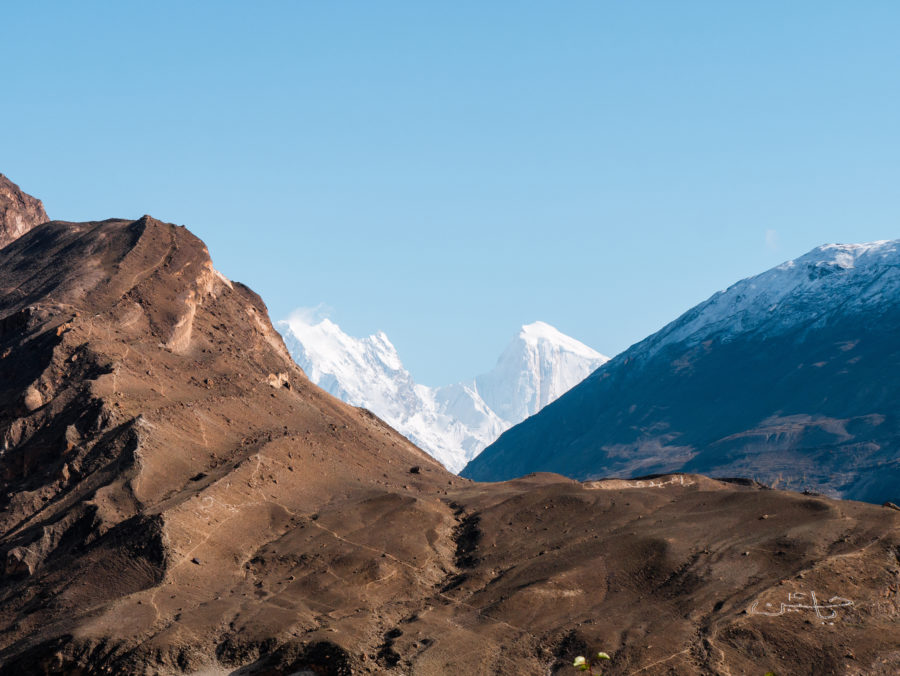Mining for EV metals threatens gorillas and chimpanzees in Africa

A third of Africa’s gorillas, bonobos and chimpanzees are at risk because they live in areas that overlap with mining operations for metals critical to the global clean energy transition.
Nearly 180,000 great apes in Africa are under threat as mining activities drive deforestation, according to a study published on Wednesday in Science Advances. The true impact might be even higher because mining companies are not required to make biodiversity data public, the researchers wrote.
“Mining harms apes through pollution, habitat loss, increased hunting pressure, and disease, but this is an incomplete picture,” said Jessica Junker, lead author of the paper and a researcher at Martin-Luther-University Halle-Wittenberg in Germany. “A shift away from fossil fuels is good for the climate but must be done in a way that does not jeopardize biodiversity.”
Demand for minerals needed to make rechargeable batteries that power electric vehicles is on the rise. Africa is home to a third of the world’s mineral resources, only 5% of which have been mined so far. The continent also hosts some of the world’s largest, most diverse and fragile natural ecosystems.
The researchers conducted an analysis of mines and mining exploration sites in 17 African nations found about 20% of these areas lay on top of so-called critical habitat sites. The paper didn’t name specific projects, but noted the vast majority of mining areas included in the study are in the exploration phase, meaning not all of them will be operational in the future.
Mining exploration still has an impact, they said, because it “is poorly regulated and ‘baseline data’ are collected by companies after many years of exploration and habitat destruction have taken place,” said co-author Genevieve Campbell. “These data then do not accurately reflect the original state of the great ape populations in the area before mining impacts.”
A closer look at critical habitat sites with high ape density found that the greatest overlap happened in the West African countries of Liberia, Sierra Leone, Mali and Guinea. Over 23,000 chimpanzees in Guinea, or up to 83% of the country’s ape population, could be directly or indirectly impacted by mining activities, according to the scientists. All great apes are listed as either “endangered” or “critically endangered” by the International Union for Conservation of Nature’s Red List.
Mining threats to great apes include the destruction of their habitat when pits and tunnels are dug, as well as during the construction of roads and rails. The animals are also endangered by chemical, light and noise pollution in the vicinity of the operations, as well as collisions on nearby roads.
While companies are often required to undertake environmental impact studies before launching exploration or mining activities, biodiversity requirements are almost non-existent, researchers said. Only 5% of 380 companies analyzed by non-profit World Benchmarking Alliance had conducted science-based biodiversity impact assessments of their operations. Miners in particular share very little data on ape population around their areas of operation, with the key database for apes in Africa sourcing only 1% of its data from mining companies.
“Companies operating in these areas should have adequate mitigation and compensation schemes in place to minimize their impact,” said Tenekwetche Sop, another co-author of the paper. “Most companies lack robust species baseline data that are required to inform these actions.”
(By Laura Millan)
More News
Kinross buys 9.9% stake in Nevada-focused Eminent Gold
Eminent Gold currently has three gold exploration projects in Nevada.
April 07, 2025 | 03:21 pm
PDAC JV video: New Zealand aims to fast-track mining
New processes are to help the island nation develop its gold, coal and rare earth minerals while respecting Indigenous rights, says resources minister.
April 07, 2025 | 02:55 pm
US discusses tariffs, critical minerals with Pakistan
The Trump administration has also used prospects of engagement over critical minerals with others countries.
April 07, 2025 | 01:13 pm
{{ commodity.name }}
{{ post.title }}
{{ post.excerpt }}
{{ post.date }}




Comments